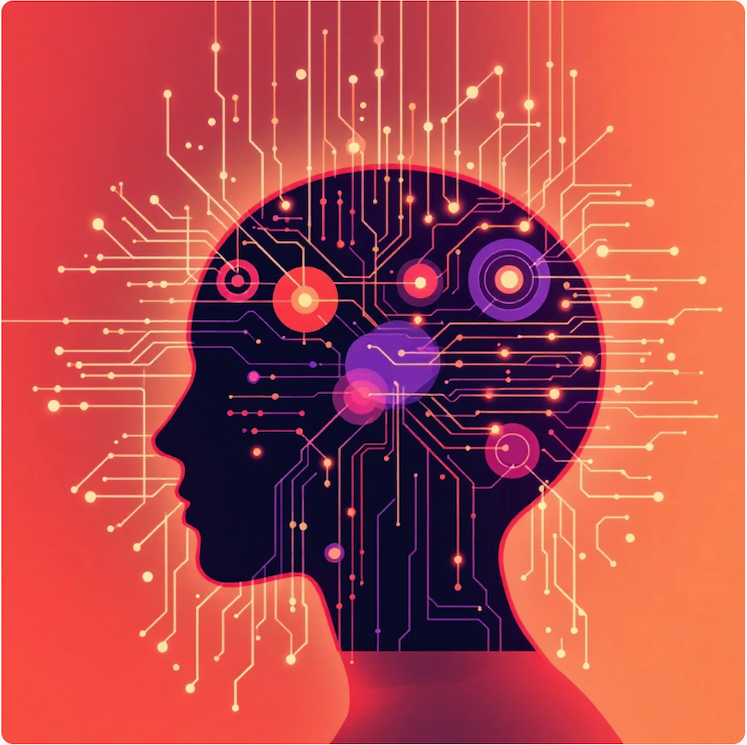Briefing: How Artificial Intelligence Models Work
Executive Summary
This document provides a comprehensive overview of Artificial Intelligence (AI) models, synthesizing their fundamental concepts, operational lifecycle, key challenges, and future trajectory. AI enables machines to perform tasks requiring human intelligence, primarily through Machine Learning (ML) and Deep Learning (DL). ML algorithms learn patterns from data without explicit programming, while DL utilizes multi-layered neural networks inspired by the human brain to process complex information, leading to breakthroughs in computer vision and natural language understanding.
The training of these models is a resource-intensive process, exemplified by models like GPT-3, which has 175 billion parameters and was trained on over a terabyte of data, requiring thousands of GPU hours. Generative AI represents a significant advancement, with models like GANs and Transformers capable of creating entirely new text, images, and code. The development and deployment of AI follow a structured six-stage lifecycle, from problem definition to continuous monitoring. Despite their capabilities, AI models face critical challenges, including massive data requirements, inherent bias leading to unfair outcomes, a lack of interpretability (the “black box” problem), and significant computational resource consumption. The future of AI is projected to focus on enhanced reasoning, greater human-AI collaboration, and the development of responsible AI to build public trust.
——————————————————————————–
1. Foundational Concepts of Artificial Intelligence
Artificial Intelligence is a field dedicated to enabling machines to perform tasks that traditionally require human intelligence. This revolutionizes human interaction with technology across various applications, including voice assistants, medical diagnosis, and autonomous vehicles. The primary subfields driving this progress are Machine Learning and Deep Learning.
- Machine Learning (ML): This approach focuses on algorithms that discover patterns within data without being explicitly programmed. These systems improve their predictions and performance as they are exposed to more data or “experience.”
- Deep Learning (DL): A subset of ML, Deep Learning employs multi-layered artificial neural networks that are structured to mimic the architecture of the human brain. This allows for the processing of highly complex data.
2. Core Methodologies in AI
Machine Learning Techniques
Machine learning algorithms are broadly categorized based on the type of data they learn from and the problems they are designed to solve.
- Supervised Learning: Models are trained on datasets where the data is explicitly labeled with the correct output. The algorithm learns to map inputs to outputs based on these examples.
- Applications: Recognizing cats in photographs, predicting house prices.
- Unsupervised Learning: Models are given unlabeled data and must identify hidden patterns, structures, or relationships on their own.
- Applications: Customer segmentation, anomaly detection.
Deep Learning and Neural Network Architecture
Deep Learning’s power resides in its use of artificial neural networks, which are inspired by the interconnected neurons of the biological brain.
- Structure: These networks consist of multiple interconnected layers of “neurons.”
- Function: Each successive layer extracts increasingly complex and abstract features from the input data.
- Impact: This layered approach has enabled breakthrough performance in complex domains such as computer vision and natural language understanding.
3. The AI Model Training Process
Training is the process of teaching an AI model to recognize patterns and make accurate predictions. It involves continuously adjusting billions of internal parameters, known as weights, to minimize the error between the model’s predictions and the actual outcomes in the training data. This process is characterized by its immense scale and resource requirements.
| Metric | Scale | Significance |
| Model Parameters | 175 Billion (in GPT-3) | Enables nuanced language understanding. |
| Training Data Size | Over 1 Terabyte (1TB+) | Massive datasets are essential for model learning. |
| Computational Power | Thousands of GPU Hours (1000s) | Highlights the significant power required. |
4. Generative AI and Language Understanding
Generative AI models are designed not just to analyze existing data but to create entirely new and creative content based on the patterns they have learned.
Types of Generative Models
- Generative Adversarial Networks (GANs): These consist of two competing neural networks. A “generator” network creates content, while a “discriminator” network evaluates its authenticity, pushing the generator to produce more realistic outputs.
- Variational Autoencoders (VAEs): These models compress data into a compact representation and then reconstruct it, often with creative variations.
- Transformers: This architecture utilizes “attention mechanisms” that allow the model to weigh the importance of different words in a sequence, enabling highly coherent text generation and sophisticated language understanding.
How Large Language Models (LLMs) Understand Language
LLMs are a transformative application of AI that analyzes vast text corpora to comprehend grammar, context, facts, and reasoning. This understanding is developed through a three-stage process:
- Text Analysis: The model processes massive datasets from books, articles, and web content containing billions of words.
- Pattern Recognition: It learns the intricate relationships between words, phrases, and concepts.
- Context Understanding: The model develops the ability to maintain coherent conversations and apply logical reasoning.
LLM Applications: Include chatbots, real-time translation, document summarization, and creative writing assistance.
5. The AI Model Lifecycle
The development and implementation of an AI solution follow a structured, iterative lifecycle composed of six distinct stages.
- Problem Definition: Defining the business context for the AI solution and establishing clear metrics for success.
- Data Preparation: The crucial process of collecting, cleaning, and labeling high-quality datasets for training.
- Model Training: Selecting the appropriate algorithms and optimizing the model’s performance on the prepared data.
- Evaluation: Rigorously testing the model’s accuracy, fairness, and robustness across a diverse range of scenarios.
- Deployment: Integrating the validated model into production systems and end-user applications.
- Monitoring: Continuously tracking the model’s real-world performance and updating it with new data to maintain accuracy and relevance.
6. Critical Challenges and Limitations
Despite rapid advancements, AI models face significant technical and ethical challenges that are active areas of research and development.
- Data Requirements: Models require massive volumes of high-quality, diverse data to perform reliably and avoid generalization errors.
- Bias and Fairness: Biases present in training data can be learned and amplified by the model, leading to discriminatory or unfair outcomes that affect real people.
- Interpretability: The decision-making processes of complex models often function as “black boxes,” making it difficult to understand or explain why a particular output was generated.
- Resource Intensity: The training and operation of large-scale models demand substantial computational power and energy, raising concerns about cost and environmental impact.
7. The Future of AI Models
The continued evolution of AI is expected to produce models that are smarter, more creative, and more responsible.
- Enhanced Reasoning: Next-generation models are anticipated to demonstrate more sophisticated logical thinking and creative problem-solving abilities.
- Human Collaboration: AI is projected to augment, rather than replace, human expertise. It will serve as a powerful tool to enhance decision-making and productivity.
- Responsible AI: Future progress will heavily emphasize advances in transparency and fairness. Building these principles into AI systems is considered essential for earning public trust and encouraging widespread adoption.











